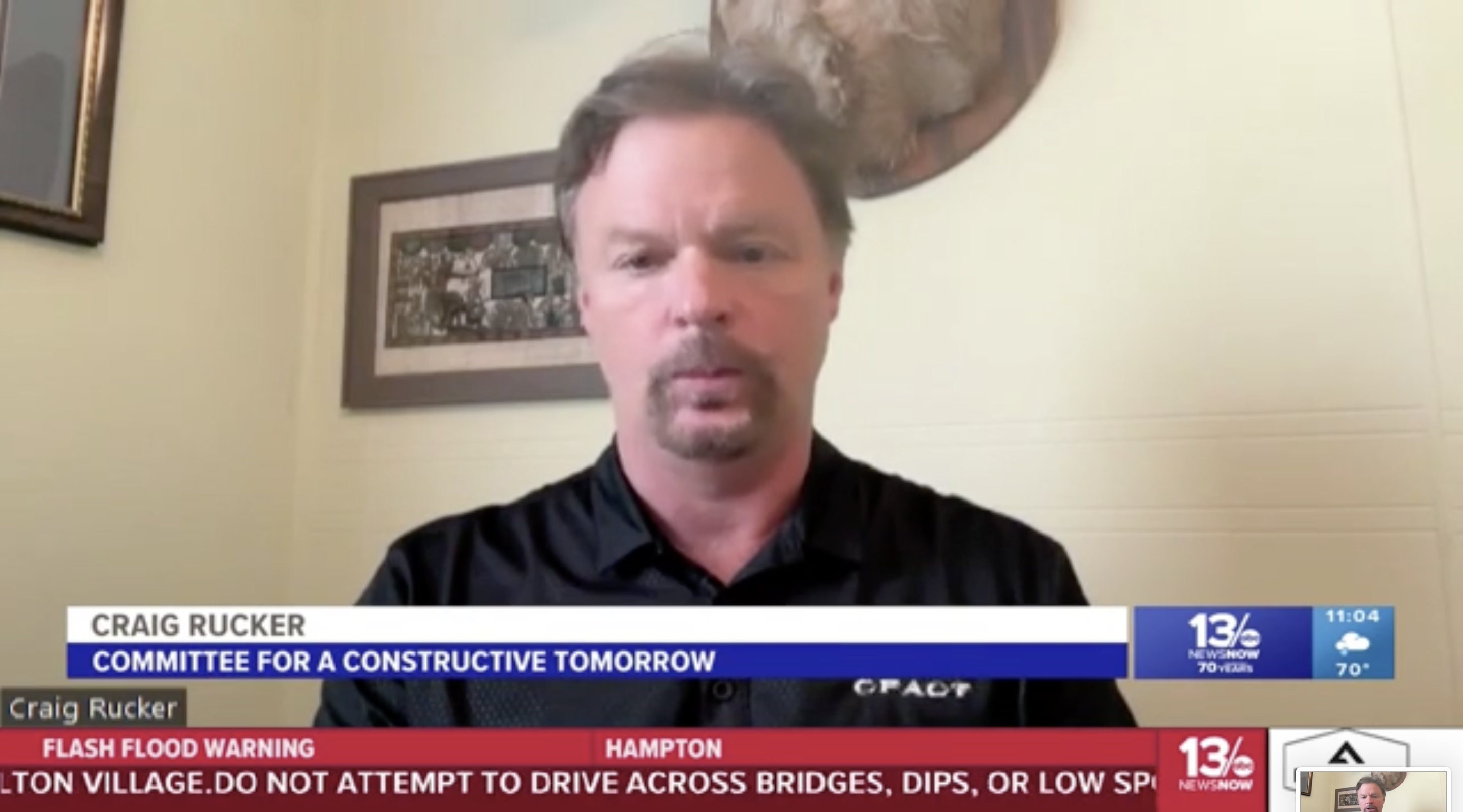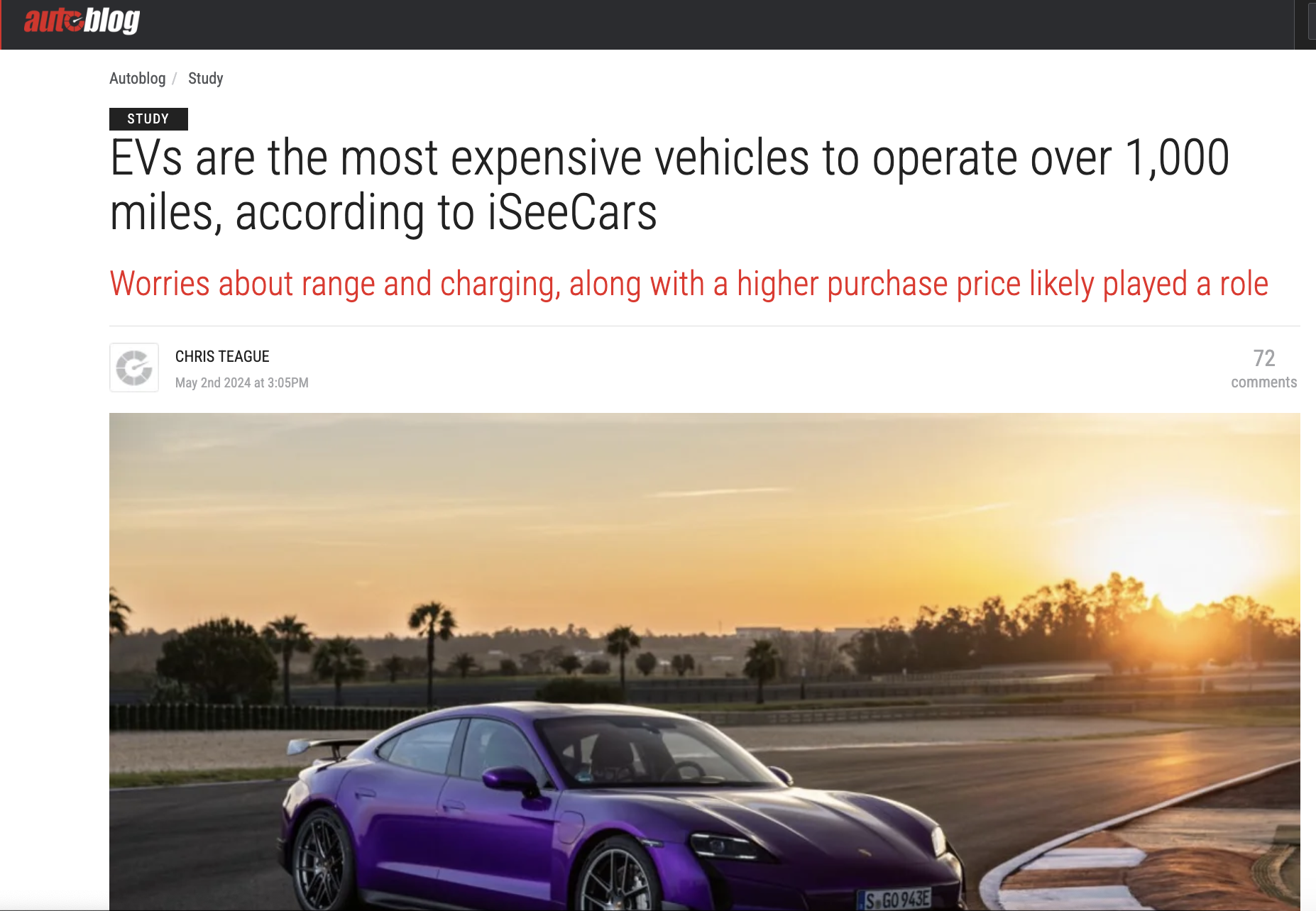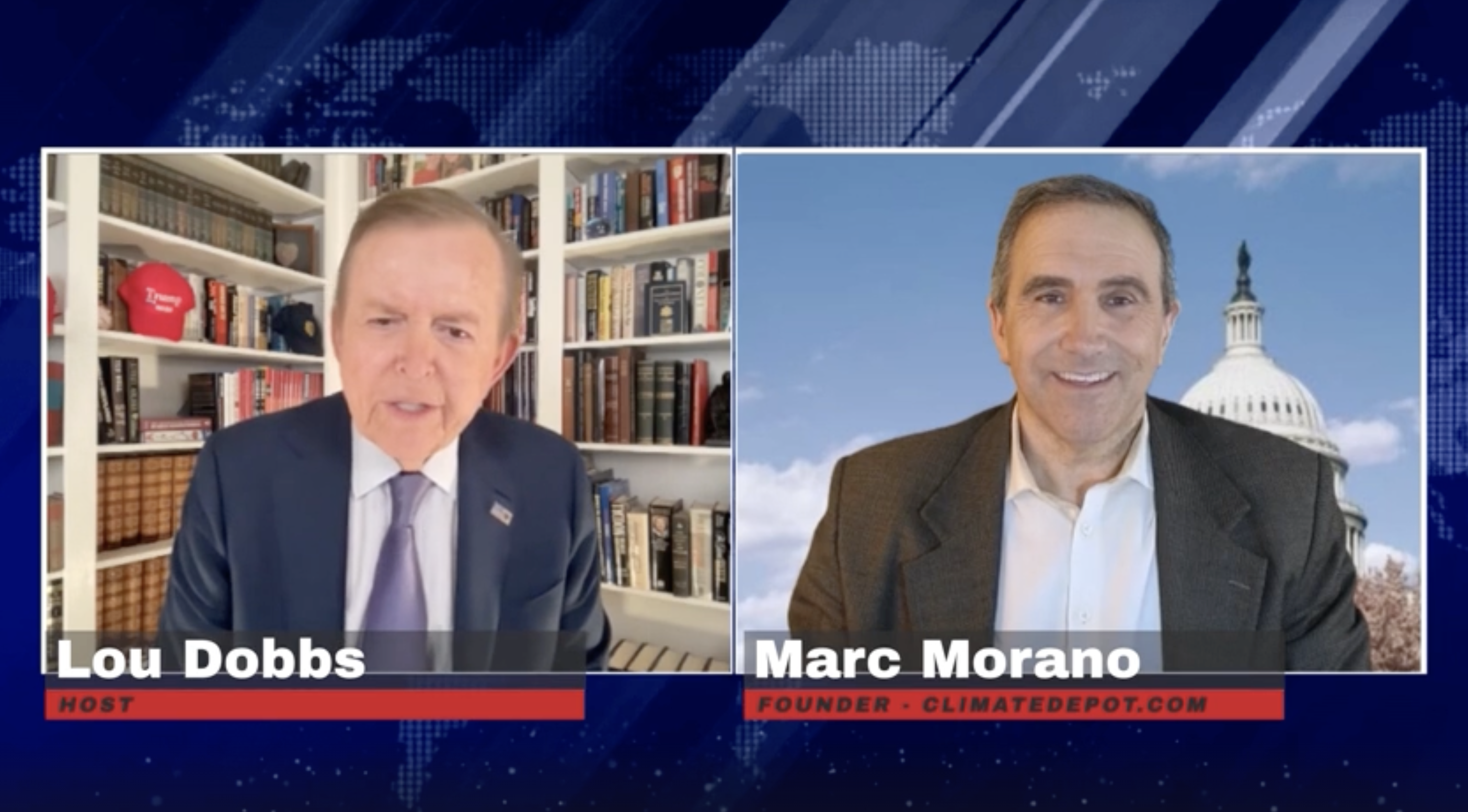The battle to save the Earth from Scalia’s ghost’
The Obama administration’s most ambitious effort to fight climate change hangs in the balance.CREDIT: AP Photo/Manuel Baice CenataOne of the late Justice Antonin Scalia’s final acts on Earth may have been to doom it.Last February, on the final Tuesday of Scalia’s life, the Supreme Court handed down a 5–4 decision suspending the Obama administration’s Clean Power Plan. It was a surprising development — a lower court panel that included a conservative Republican judge previously denied a request to stay this plan — and a chilling development for anyone who cares about the planet. The Clean Power Plan is the Obama administration’s most ambitious effort to fight climate change. And it is difficult to exaggerate the consequences if these efforts fail:In the relatively short term, the Environmental Protection Agency predicts that the Clean Power Plan will “avoid thousands of premature deaths and mean thousands fewer asthma attacks and hospitalizations in 2030 and every year beyond.” In the longer term, major cities could be swallowed by the ocean. Displaced residents will trigger a worldwide refugee crisis. Entire regions of the United States could be converted into a permanent Dust Bowl. The sheer magnitude of the catastrophe will rival any tragedy that has faced humanity since the Book of Genesis.Scalia’s vote to stay the Clean Power Plan was enough to delay it, but not enough to destroy it. Now, however, the effort to permanently kill the plan is about to face its first big test.A ten judge panel of the United States Court of Appeals for the District of Columbia Circuit — arguably the second-most powerful court in the country — will hear arguments on the fate of the plan on Tuesday. With Scalia dead, and the Supreme Court evenly split between Democrats and Republicans, the D.C. Circuit’s decision could be the last word on the plan’s legality.While Scalia did not live to cast a vote eradicating the plan, his ghost still haunts this case. It lingers over the parties’ briefs, casting doubt upon long-settled doctrines viewed as rock solid just a few years ago. West Virginia v. United States Environmental Protection Agency, the challenge to the Clean Power Plan, is the culmination of a years-long effort by conservatives to hobble the executive branch — an effort Scalia started to embrace during his final years on the Court. And, if the Clean Power Plan falls, it will be because this effort scored just enough victories during the twilight of Scalia’s life.Good enough for Reagan, good enough for Obama?The name Chevron v. National Resources Defense Council is unlikely to appear in a high school history textbook any time soon. It is neither a sexy case nor the sort of case that non-lawyers are likely to recognize as significant even after reading it.But Chevron is both one of the Court’s most important decisions and one of the most cited cases in the Supreme Court’s history. It is both a monument to judicial modesty and a godsend to men and women who toil in obscurity in federal agencies, trying to make the government work.Inside The Most Important Supreme Court Case In Human HistoryChevron was also, until recently, a fairly uncontroversial decision.At its heart, Chevron is rooted in the idea that, in a democratic nation, the one unelected branch of government should play a minimal role in deciding matters of policy. Chevron held that, when a law is ambiguous, courts should defer to how the federal agency that administers that law resolves that ambiguity rather than deciding themselves how the law should be interpreted. “Judges are not experts in the field,” Justice John Paul Stevens explained. So given a choice between having an environmental policy question answered by the Environmental Protection Agency or a bunch of laypeople in black robes, it is better to leave these questions to the experts.Just as significantly, Chevron recognized that agencies have a greater claim to legitimacy than courts, at least when matters of policy arise. “While agencies are not directly accountable to the people,” Justice Stevens acknowledged, “the Chief Executive is.” Thus, “it is entirely appropriate for this political branch of the Government” to make policy choices, rather than leave the matter to judges with lifetime appointments and no accountability to the electorate.So long as Republicans were winning the electoral game, conservatives loved the idea that courts should defer to the political branches.Chevron was decided in 1984, and for many years it was celebrated by conservatives for giving the Reagan and Bush administrations breathing room to dismantle unwanted regulations. As William Eskridge and Lauren Baer recount, “D.C. Circuit Judge Kenneth Starr (later Solicitor General) announced that Chevron was a Magna Carta for agencies to deregulate and to demand judicial acquiescence, which his court was prepared to deliver. Antonin Scalia, Starr’s colleague on the D.C. Circuit, announced the same line and pressed a similarly strong reading of Chevron after Reagan appointed him to the Supreme Court.” So long as Republicans were winning the electoral game, conservatives loved the idea that courts should defer to the political branches.But then came Barack Obama.In practice, Chevron gives the executive branch a wide ranging ability to govern even if the legislature is unable to pass new laws. Many existing laws delegate a considerable amount of power to federal agencies. A provision of the Clean Air Act that the Supreme Court considered in 2007, for example, permits the EPA to set “standards applicable to the emission of any air pollutant from any class or classes of new motor vehicles or new motor vehicle engines” if the EPA determines that those emissions “cause, or contribute to, air pollution which may reasonably be anticipated to endanger public health or welfare.” Layer these broad delegations on top of Chevron, which requires courts to defer to an agency’s interpretations of such a law so long as that interpretation is “based on a permissible construction of the statute,” and it is easy to see why conservatives don’t want the courts to apply the same deference to President Obama’s agencies that they applied to President Reagan’s.In an age of rampant Congressional dysfunction, the agencies’ power to regulate provides the president with his only real opportunity to implement a policy agenda. Take that away, and Barack Obama is little more than a figurehead.So that explains why, at last autumn’s gathering of the Federalist Society, an influential conservative legal group whose membership includes two sitting Supreme Court justices, panelists and keynotes spoke of shrinking agency power with the kind of obsession normally reserved to one-legged whaling captains. It explains why Judge Neil Gorsuch, a federal appellate judge who is widely viewed as a leading candidate for the Supreme Court in a Republican administration, recently called for Chevron to be cast aside in an option that alternatively labeled Chevron a “goliath of modern administrative law” and “the behemoth.”It also explains why, near the end of his life, Justice Scalia himself began to flip-flop on Chevron. If the Clean Power Plan dies in the D.C. Circuit, it will be in no small part because the elderly Scalia gave the plan’s opponents just enough ammunition to claim that the kind of deference unelected judges afforded to President Reagan no longer makes sense after the people elected Barack Obama.Enter the eco-villainsThe plan’s opponents — who include conservative elected officials, power companies and their trade associations, business groups like the Chamber of Commerce and the National Association of Manufacturers, a smattering of “free market” policy shops, and even a handful of unions representing energy industry workers — are backed by enough lawyers to fill a high school gymnasium. The cover sheet on their brief, which lists all of the lawyers suing the EPA and their contact information, is 27 pages long.With their powers combined, this army of attorneys produced hundreds of pages worth of briefing, raising arguments that run the full gamut from plausible to ridiculous. There’s a constitutional argument that, if taken seriously, would forbid the federal government from building military bases within a state. There’s also a question about what the courts should do if Congress simultaneously enacted two competing provisions that could potentially render the Clean Power Plan legal and illegal at the same time. (The answer, at least according to Justice Scalia, is that “neither provision should be given effect.”)The opponents’ best argument, however, turns upon just how much of Chevron remains after the Roberts Court started to chip away at its edges, only to lose its conservative majority to Scalia’s death.The Little-Noticed Conservative Plan To Permanently Lock Democrats Out Of PolicymakingOne provision of the Clean Air Act requires each state to submit to the EPA “a plan which establishes standards of performance for any existing source for any air pollutant.” If the state fails to do so, the EPA itself is permitted to design the plan. This plan must achieve the same reduction in emissions that could be achieved by “the best system of emission reduction” — which is up to the Administrator of the EPA to determine.And according to the EPA Administrator, the best system here involves shifting away from dirtier coal plants and moving toward cleaner methods of producing electricity. To achieve cleaner energy production, the plan sets emissions reduction targets for each state that, barring unexpected technological developments, are unlikely to be achieved unless power generation shifts from coal plants to cleaner methods of generation.As the government explains in its brief, “no serious effort to address the monumental problem of climate change can succeed without meaningfully limiting” emissions from fossil-fuel-fired power plants, which are the highest-emitting stationary sources of CO2 in the country. When it comes to generating electricity, however, it’s possible to shift away from these plants without affecting American consumers. A megawatt-hour of electricity produced by the dirtiest coal-powered plant will light just as many homes as a megawatt-hour produced by a cleaner gas-powered plant.Given this legal framework, the Clean Power Plan would likely survive even in a world without Chevron. The Clean Air Act grants EPA broad discretion to determine what the “best system of emission reduction” may be, and EPA exercised that power here.The plan’s opponents, however, hope to win by turning Chevron on its head. While Chevron held that any uncertainties about what a law says should be resolved in favor of the agency’s interpretation, the plan’s opponents effectively argue that these uncertainties must be resolved against the EPA.The opponents begin their argument with a statement that would have flabbergasted judges just a few years ago. “For the Clean Air Act to authorize the Rule’s wholesale transformation of the U.S. energy system,” these opponents claim, “EPA must show that the Act contains a clear statement compelling the agency’s reading of section 111(d).” They base this claim on a line tucked into a 5–4 decision Justice Scalia authored in 2014.Utility Air Regulatory Group v. EPA is, in many ways, a decision at odds with itself. Justice Scalia begins his analysis in this decision by announcing that “we review EPA’s interpretations of the Clean Air Act using the standard set forth in Chevron.” Yet the opinion also contains a few lines which appear to be at odds with Chevron. “When an agency claims to discover in a long-extant statute an unheralded power to regulate ‘a significant portion of the American economy,’” Scalia wrote of the EPA permitting scheme at issue in Utility Air, “we typically greet its announcement with a measure of skepticism. We expect Congress to speak clearly if it wishes to assign to an agency decisions of vast ‘economic and political significance.’”The Clean Power Plan’s opponents, in effect, argue that the plan’s ambition is its downfall. They read Utility Air to say that, when an agency makes “transformative,” politically controversial decisions, that a kind of anti-Chevron applies, and the courts should be extraordinarily skeptical of the agency’s reading of the law authorizing its decision. If the Clean Air Act plausibly can be read to not allow the Clean Power Plan, then the plan must be struck down.So will it work?The question is whether this fundamental rethinking of an agency’s power to regulate will move the courts.If Scalia were still alive, there’s little doubt how the case would be resolved. Though Utility Air, at times, seems to contradict itself, it’s hard to read Scalia’s scolding of the EPA in that case as anything other than a warning shot over the Obama administration’s bow. Before Scalia’s death, there were almost certainly five votes on the Supreme Court to kill the plan.Now, however, the Supreme Court is evenly split, with neither a majority to complete the anti-Chevron revolution nor a majority to reverse it. When the DC Circuit convenes on Tuesday, it will meet amidst a revolution interrupted. Current precedents give liberal judges the tools they need to uphold the Clean Power Plan. But they probably also give conservative judges just enough building blocks to construct an opinion striking the plan down as well.It’s nice to have math on your side.In the end, that’s likely to mean good news for the Obama administration — and for the Earth. The D.C. Circuit panel that will hear the Clean Power case consists of six Democratic appointees and only four Republicans (the court’s eleventh active judge, Chief Judge Merrick Garland, is not hearing cases while his nomination to the Supreme Court is pending).But it is also likely that D.C. Circuit will split on party lines, with each side able to pull quotes from binding Supreme Court decisions to justify their preferred outcome. Lay people, and even lawyers unfamiliar with the details of the case, will struggle to determine which side is correct. Partisans on both sides will simply assume that the judges they agree with are paragons of the law, and that the judges they disagree with are hacks.Which brings us back to the Chevron decision. Justice Stevens’ insight in that decision was that there are many questions in the law that do not have clear answers. Resolving those questions will often require value judgments about the kind of government we want to have and the extent to which we trust that government to identify and solve problems. And, in those instances, it is better to leave matters to policy experts with a degree of accountability to the electorate than it is to place your faith in uninformed and unelected judges.In a little over a month, the American people will gather at polling places and choose between two presidential candidates, one who supports the Clean Power Plan and one who opposes it. The fate of the plan rests in their hands.That is, of course, unless the courts side with the plan’s opponents. Because, ultimately, what those opponents are asking the D.C. Circuit to do is to take the power to decide the fate of the world away from the American people — and to give it to a handful of lawyers in black robes.The battle to save the Earth from Scalia’s ghost was originally published in ThinkProgress on Medium, where people are continuing the conversation by highlighting and responding to this story. Read the responses to this story on Medium.
— gReader Pro




